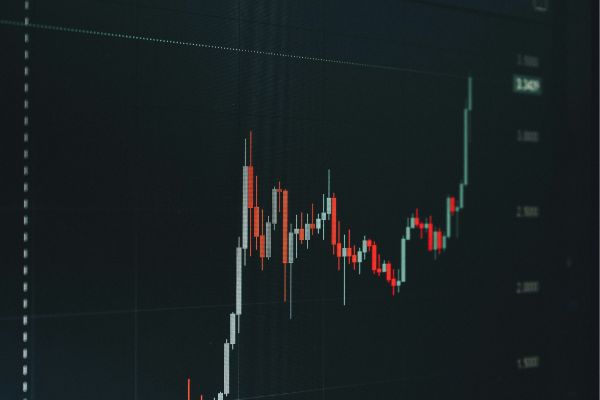Most retail structured products are equity linked and within the asset class they typically have exposure to benchmark, thematic or proprietary indices or a basket of stocks. As an alternative, some products in the market instead are tied to the performance of on an actively managed fund. This can provide different opportunities, including other asset classes such as bonds, commodities or FX plays, as well as accessing the active fund management industry.
Active versus passive funds
In the funds world, there has been an ongoing debate for decades over the merits of active versus passive management. Supporters of active management point to many successful fund groups and individual managers who combine investment research and quantitative techniques with their skill, judgment and experience. Supporters of the passive approach argue that most active funds fail to beat their benchmarks, particularly once the higher fees that they charge are taken into account.
While actively managed funds remain important and produce some strong success stories, it is undeniable that passives have been steadily on the rise. The growth of ETFs in the last twenty years has been a key factor behind this momentum, since any ETF is essentially an index wrapped as a fund. The landscape is further filled by smart beta and actively managed ETFs which straddle the two concepts of active and passive.
Structured product choices
The overwhelming majority of structured products link to indices because the product features can be defined in terms of these independently observed values, often well-known benchmarks such as the S&P-500, Eurostoxx-50 or FTSE-100. Because these indices are rules based, calculated real time and, importantly, have liquid futures and options as hedging instruments, they are the natural choice for most structured products providers. Therefore, structured products markets have essentially put themselves on the side of passives. The properties of defined returns and risk control that characterise structured products give them an active flavour over their delta-1 equivalent index investment from an algorithmic rather than asset switching perspective.
Using ETFs and funds
A growing proportion of structured products now use ETFs as their underlyings, instead of pointing back to the index which the ETF is tracking. This is because of hedging and liquidity considerations, as well as the structured product provider not having to pay index licence fees. The classic example of this is the iShares MSCI Emerging Markets ETF (the “EEM”) which is now arguably more important than the index itself. This ETF is highly visible and has over $20 bn in assets under management. When a structured product links directly to the ETF, any concerns about tracking such a tricky index are much reduced because it is the job of the ETF to track the index.
Some recent examples of structured products linked to funds include three capital protected notes. The first pair comprise a note from Leonteq linked to the Fidelity Global Multi Asset Income Fund and one from Deutsche Bank linked to the FFG Global Flexible Sustainable fund, both products have 90% protection. A further offering from BNP Paribas references the Fidelity Global Dividend Fund and has 100% protection with 70% participation. The source for all these products is www.structuredretailproducts.com. All three underlying funds are quite thematic and represent a different proposition than an index could easily offer. Two of them come from fund giant Fidelity with the brand name that they bring.
The individual nature of each fund is what differentiates this type of product from those linked to indices. The payoff for all three is a simple participation note of varying levels of protection and this is a typical choice for a fund linked product. This basic product type avoids features such as barriers and autocalls which are very common in the rest of the structured product market. This will partly be to avoid the risk management complexity that would arise when trying to manage delta and volatility exposure for fund underlyings.
Generally the structured product will link to the “accumulation” version of the fund which reinvests any fund distributions - typically up to 2% p.a.. Annual fees of up to 1% p.a. are standard in the active fund world to pay for the cost of management. In contrast, ETFs are generally much cheaper, ranging from under 0.1% for simple benchmark index ETFs up to 0.7% for more complex or bespoke indices.
Advantages of fund route
The higher fees that active funds still attract gives an opportunity for the fund management group to share this with the structured product provider since the significant investment that the delta hedge of the product into the fund is a low cost way for the fund management group to gain asset inflow.
There have been many advances in index design over the last ten years or more in areas such as ESG, volatility control, asset class allocations and decrement indices. Rules based indices also generally allow easier risk management because of their transparency and predictability.
Therefore, the use of fund underlyings is likely to remain a rather niche sector of the structured product market. We can expect that they will continue to be alternative solutions for some distribution channels and investor bases looking for capital protected versions of funds that have a particular appeal.
Tags: Structured Edge InvestmentA version of this article has also appeared on www.structuredretailproducts.com









